How is Smart Home Technology Transforming Interior Design for Homeowners?

By 2028, it’s expected that there will be over 785 million smart homes around the world. From thermostats to speakers, there’s now an entire fleet of convenient, user-focused technology readily available for homeowners who want to upgrade their spaces. But how is this tech-based revolution shaking up the world of interior design for homeowners?
To learn more and take a look at smart home design in action, we’ve put together a complete guide full of useful insights. Let’s dive in!
What is Smart Home Technology?
Smart technology in homes refers to a range of devices that are connected to a central hub, usually using the internet (though they can also connect via Bluetooth, but this is becoming less common).
The aim of smart tech is to improve the functionality of homes and create greater convenience for homeowners. For example, Hillarys offers a range of smart window blinds that connect to a Somfy Smart Hub, allowing users to open and close their blinds remotely.
Smart technology can also aid home management, improving aspects of security and energy efficiency. Ring security cameras, for example, bring a constant video feed of your home straight to your phone, and send alerts when the camera detects movements in the vicinity.
There’s no set limit as to what a smart home device can do, and it’s expected that innovation will evolve the industry quickly over the coming years.
How is Smart Home Technology Changing Interior Design?

In the world of interior design, smart technology choices can be catered to suit your unique needs and budget. This makes it an appealing choice for homeowners looking to add a little more convenience to their space, designing a house that works for you.
To learn more, let’s take a look at some of the key changes created by smart home technology.
Customization is a Clear Focus

At the heart of smart home design is customization. Homeowners are incorporating more smart home devices to have greater control over their environments, adjusting aspects of the space to perfectly suit their needs.
Personalized light systems, for example, can be programmed to adjust to your requirements and switch between lighting types. If you like your lights to be on when you get home from work, you can deploy a timed system so that your bulbs switch on at the same time every day.
Customisation is also a key focus when it comes to:
- Smart speaker systems
- Temperature controls
- Smart lock systems
All of these devices can be personalized, making smart technology one of the most user-focused elements of interior design.
Hidden Technology
Minimalism is a trend that’s here to stay. Even in smart home design, it’s clear that sleek, clean aesthetics are the way forward, with many homeowners opting for inconspicuous technology.
Smart speakers, for example, are often camouflaged to suit the home. Rather than adding an obtrusive block to every room, these speakers are flush with the wall for a design that blends into the existing aesthetic. Take a look at the Sonos In-Wall Set to see minimally-designed smart technology in action.
Combining Comfort and Conservation
One of the new considerations for interior design is how smart technology can help balance comfort and conservation.
Users want spaces that better suit their needs, but they also want to minimize how much they spend on running their homes. Solutions that balance the two are becoming increasingly popular among homeowners.
For example, smart thermostats with remote capabilities make it easier for users to control the temperature of individual rooms. From a central app, they can choose to turn off the heating in unused rooms to conserve electricity and reduce their bills. They can also control the temperature of in-use rooms down to a point of a degree.
This creates homes that are more energy efficient while providing greater comfort.
Another example of the comfort-conservation balance in action is seen in the Home Connect hub, which collaborates with manufacturers like Siemens to bring smart technology to your home. Through this system, you can automate the running of appliances like dishwashers to run at off-peak electricity hours.
This simplifies cleaning, making dishwashing an automated routine, while also saving you money on your electricity bill for the perfect balance.
Greater Accessibility Within Homes
Smart home technology has created new potential for accessible homes. For those with disabilities, spaces can be made easier to navigate with smart tech tailored to their day-to-day needs.
If you have mobility issues, for example, the variety of technology that can be controlled via an app makes it simple to adjust your environment without exerting a lot of effort. Dim your lighting, raise the temperature of the room, or turn on your washing machine with the simple click of a button on your app.
Voice-controlled assistants - like Amazon Alexa and Google Nest Hub - drastically improve independence for those with mobility issues or visual impairments. By speaking commands, you can make phone calls, turn on music, and adjust your environment with ease.
Smart Home Trends
Looking at smart home trends can help inspire your next smart technology integration. It also provides insights into the future of smart design, showing the areas that manufacturers and users are increasingly focused on.
Some of the key smart home design trends to watch out for include:
- Sustainable technology: an increasing number of homeowners crave sustainable home design, and smart tech is likely to be key in achieving this. From smart meters that monitor energy usage to washing machines that reduce water based on loads, there are numerous sustainable solutions hitting the market.
- Health monitoring and control: using smart technology to improve health is a growing trend. From indoor air quality systems that alert you when it’s time to switch on your air filter to smart beds that track your sleep, these solutions can enhance well-being while at home.
- AI enhancements: artificial intelligence (AI) is a key player in smart technology that will only become more advanced over the coming years. Homeowners are expected to increasingly take advantage of AI, including the use of smart speakers, anticipatory technology, and tech that learns routines and needs to better suit individual homes.
These are just a few examples of trends driving the use of smart technology in homes. With such a vast increase in smart tech uptake expected by 2028, we can only predict that innovation in this area will continue to shift trends and shape interior design.
Final Thoughts

Smart home design is causing a major shift in the priorities of homeowners. Hopefully, this article has given you insights into the key changes alongside inspiration for your own smart interior design projects.
To keep up to date with home trends and take advantage of interior design technology, join the DecorMatters community.
Ready to bring smart technology into your home design? Download the DecorMatters app today to explore innovative design ideas, play with smart home integrations, and create your dream space with ease!
This blog was written exclusively for DecorMatters by interior design specialist Kelly Edwards.
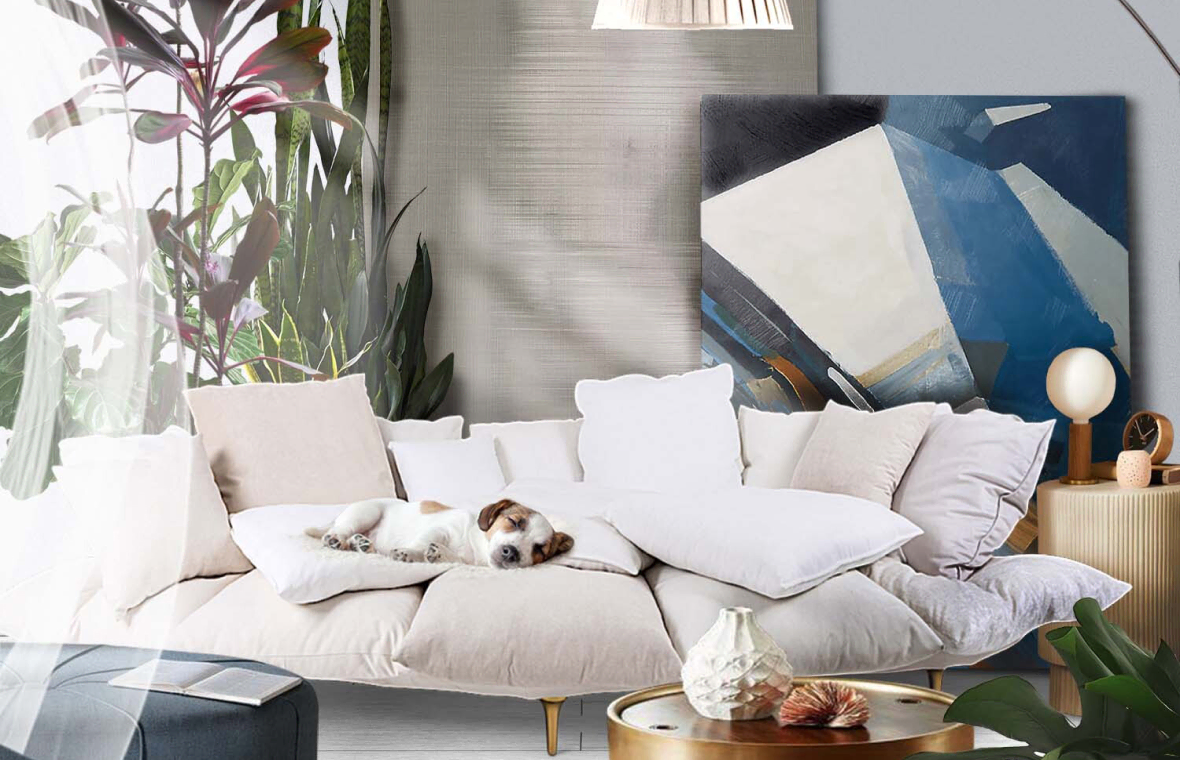
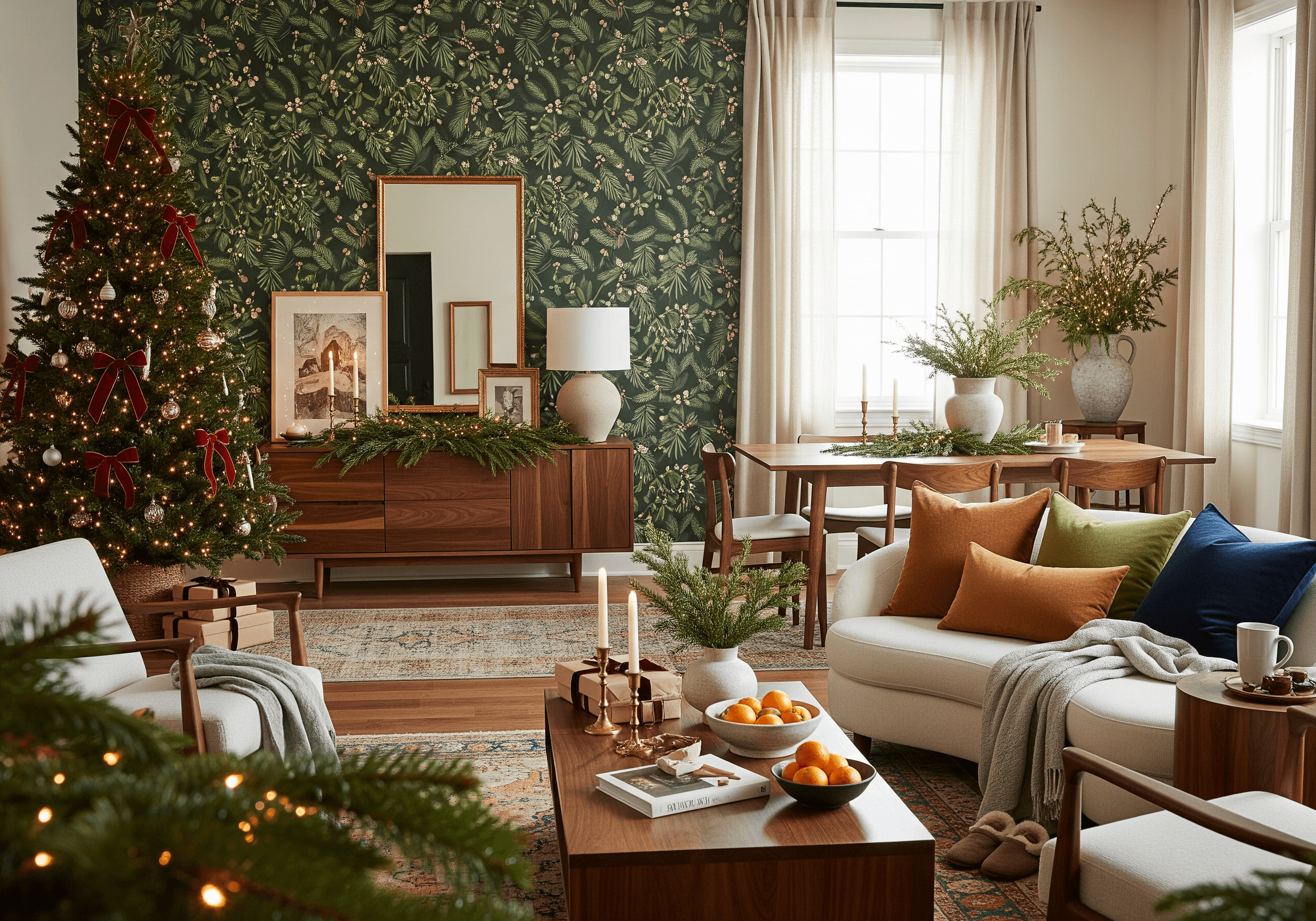
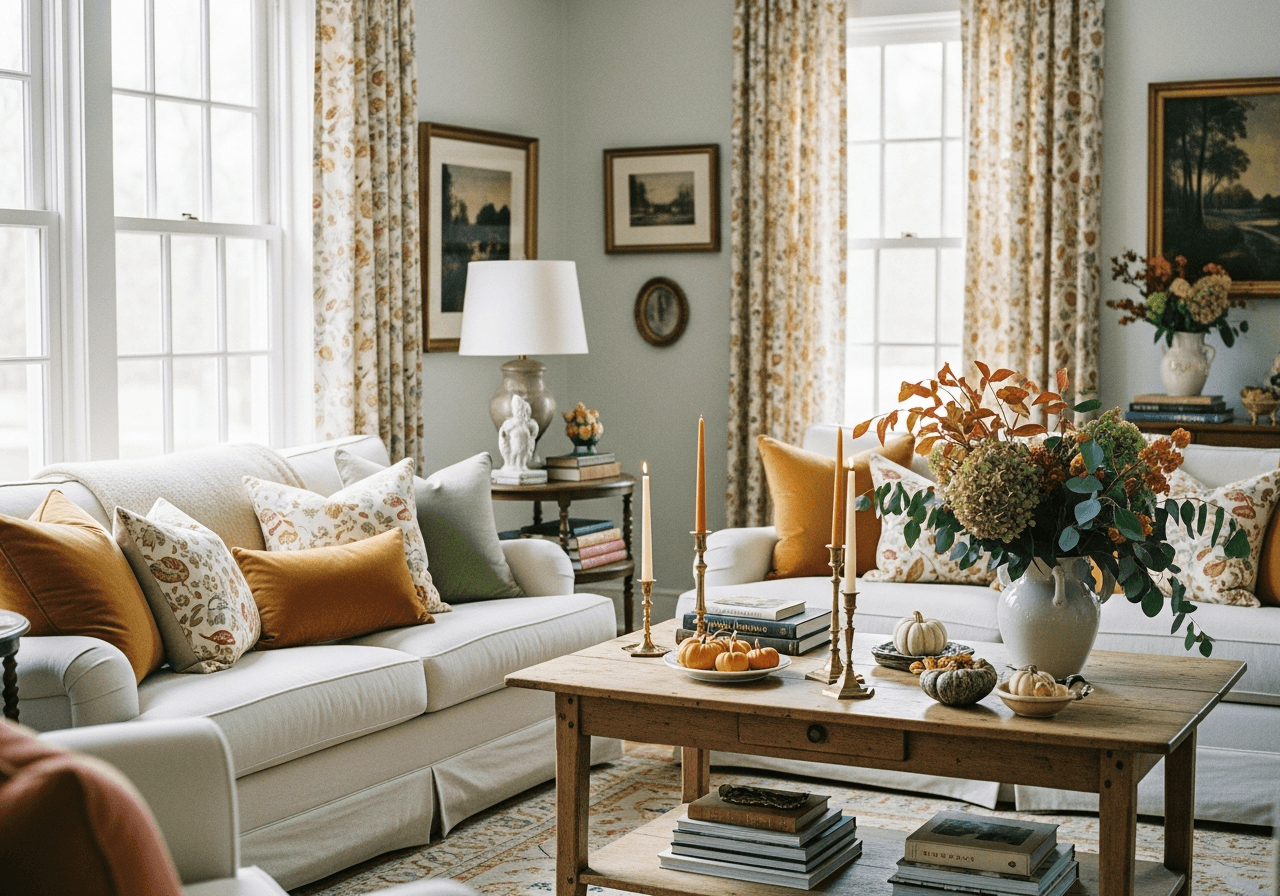
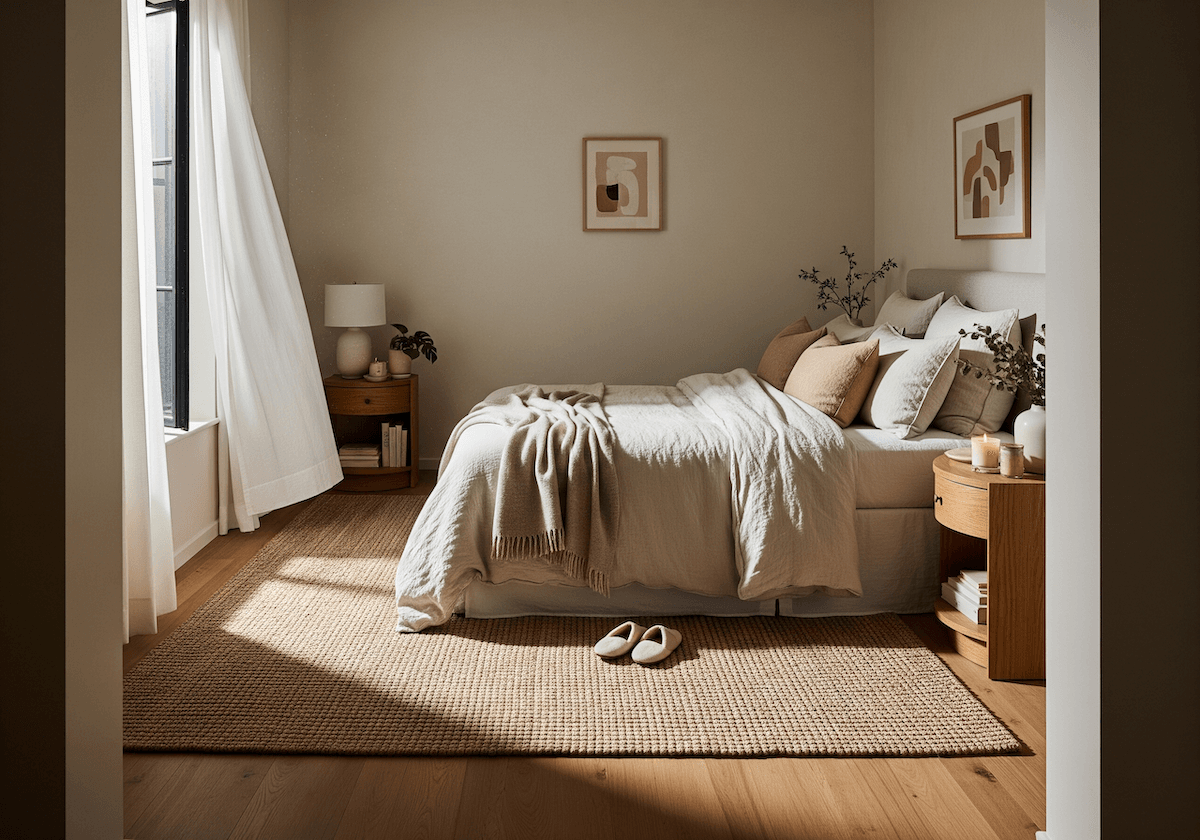

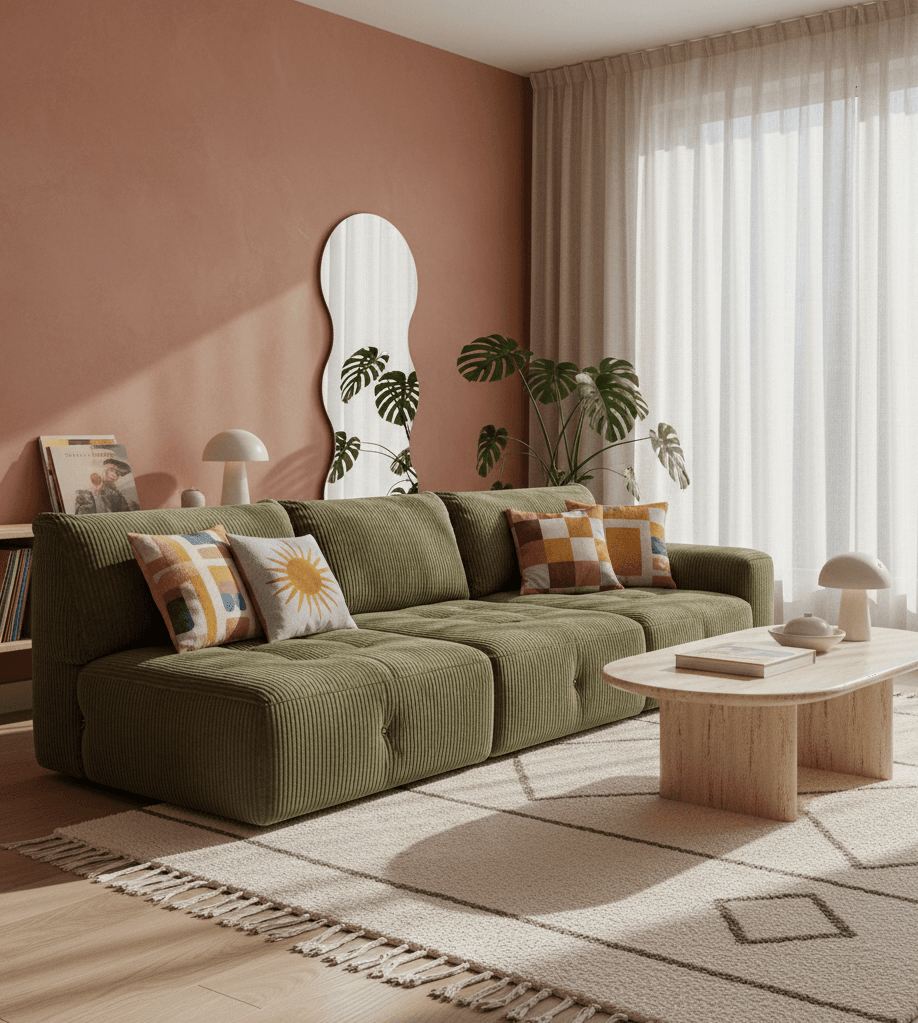
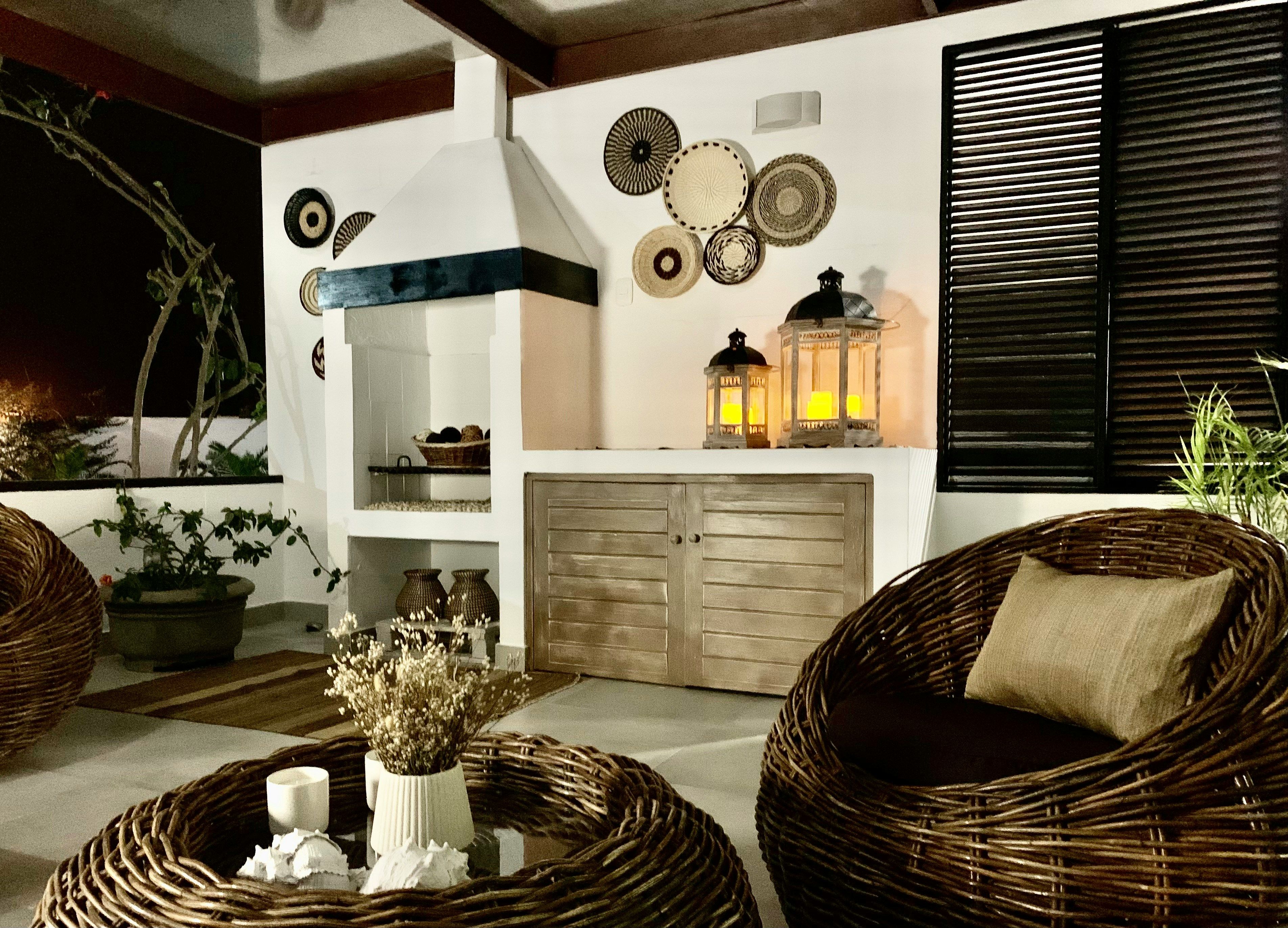


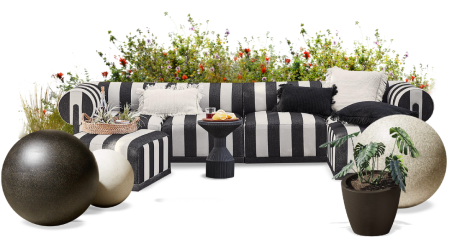
 17h left
17h left


